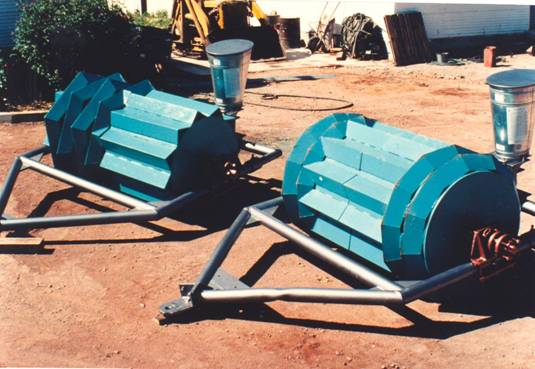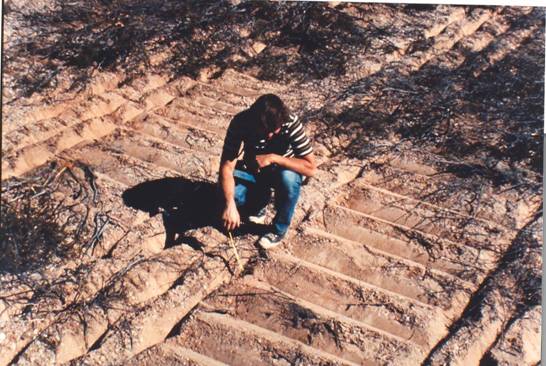
HONEY, I SHRUNK THE BIOMASS
April 23, 2002
Robert M. Dixon, Ph.D
This is a confession that many of us could make to our loved ones for having contributed to global desertification that began with the onset of agriculture some 10,000 years ago. About then, wild plants and animals were tamed in Africa and the Middle East to form the backbone of agricultural practices such as grazing and cropping-two human activities that have contributed the most to global desertification or biomass shrinkage. Grazing cattle and other livestock have stripped vegetation from vast land areas encircling the planet earth, expanding the deserts or desert-like conditions. Likewise vast land areas in forests, savannas, and prairies have been cleared and subjected to the plow to open-up new croplands for the tamed wild plants. Subsequently, many of these land areas have been abandoned when crop productivity declines. They are now producing bumper crops of weeds and dust storms with further expansion of the deserts or desert-like conditions being the final consequence.
Many other human activities have also contributed to global land desertification and biomass shrinkage including timber logging, urbanization, industrialization, transportation, militarization and recreation to name a few.
We all contribute to land desertification and biomass shrinkage, every man, woman and child, because we are all implicated in some way with one or more of the foregoing human activities.
So what's the big deal with biomass? To begin with, biomass is our crops-our food, feed, fiber, fuel, & fertilizer, the five essential F's for everyday life. In addition, biomass is our plant communities that not only support life as we now know it, but also create many new life forms through the process of evolution-a process spinning out countless new species for the past several billion years.
Plant communities provide us with many services we can hardly live without. They provide fresh air, cool clean drinking water from mountain springs and underground reservoirs and deep black topsoils rich in biomass to grow our 5 F's. They oxygenate and cool the atmosphere while manufacturing the 5 F's. We would have to carry oxygen bottles if all plant communities were to become desertified and disappear from the face of the earth. Not only would we be out of oxygen, but we would be out of food, fuel, clothing, and shelter to nourish, warm, and protect our bodies.
Up to the present time, our activities have shrunk the global biomass to dangerously low levels. Can we reverse this catastrophic trend? Yes indeed, but the hour is late. Sustainable agriculture and ecological restoration are the solution to re-expansion of global biomass. These two constructive activities are detailed elsewhere. In the meantime, let's stop or curtail our activities that accelerate global desertification and biomass loss.
To summarize, I, along with everybody else in this and past generations have shrunk the global biomass beginning some ten thousand years ago with the advent of agriculture. We now need to focus our efforts on reversing this trend to save life on earth, including our own. This will not be an easy task as we currently have 6.1 billion biomass shrinkers on earth and the number is growing rapidly. It's like a gigantic swarm of grasshoppers devouring everything in sight.
This essay is an extension of Steve Rosenfeld's commentary first published at www.tompaine.com

Land imprinting restores biomass production. Prototypic imprinters and their imprints are pictured .
Citation: Dixon , R.M. 2002. Honey, I Shrunk the Biomass. IF Essay 23 Apr. The Imprinting Fdn, Tucson , AZ
The Imprinting Foundation
1616 E. Lind Road
Tucson, AZ 85719Close Window to Return to List
If you entered our site on this page, click on Logo below to go to the Imprinting Foundation for more Information

